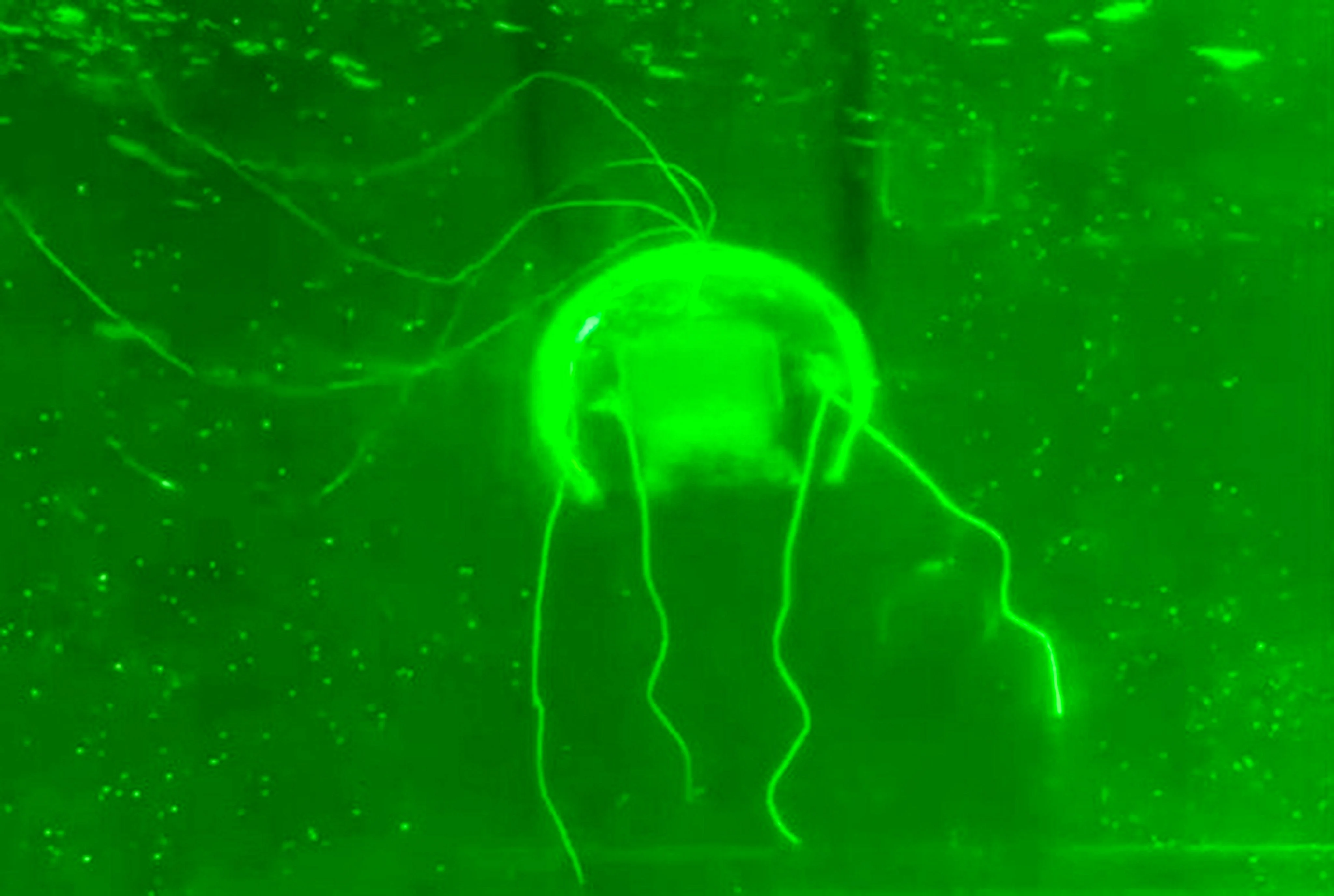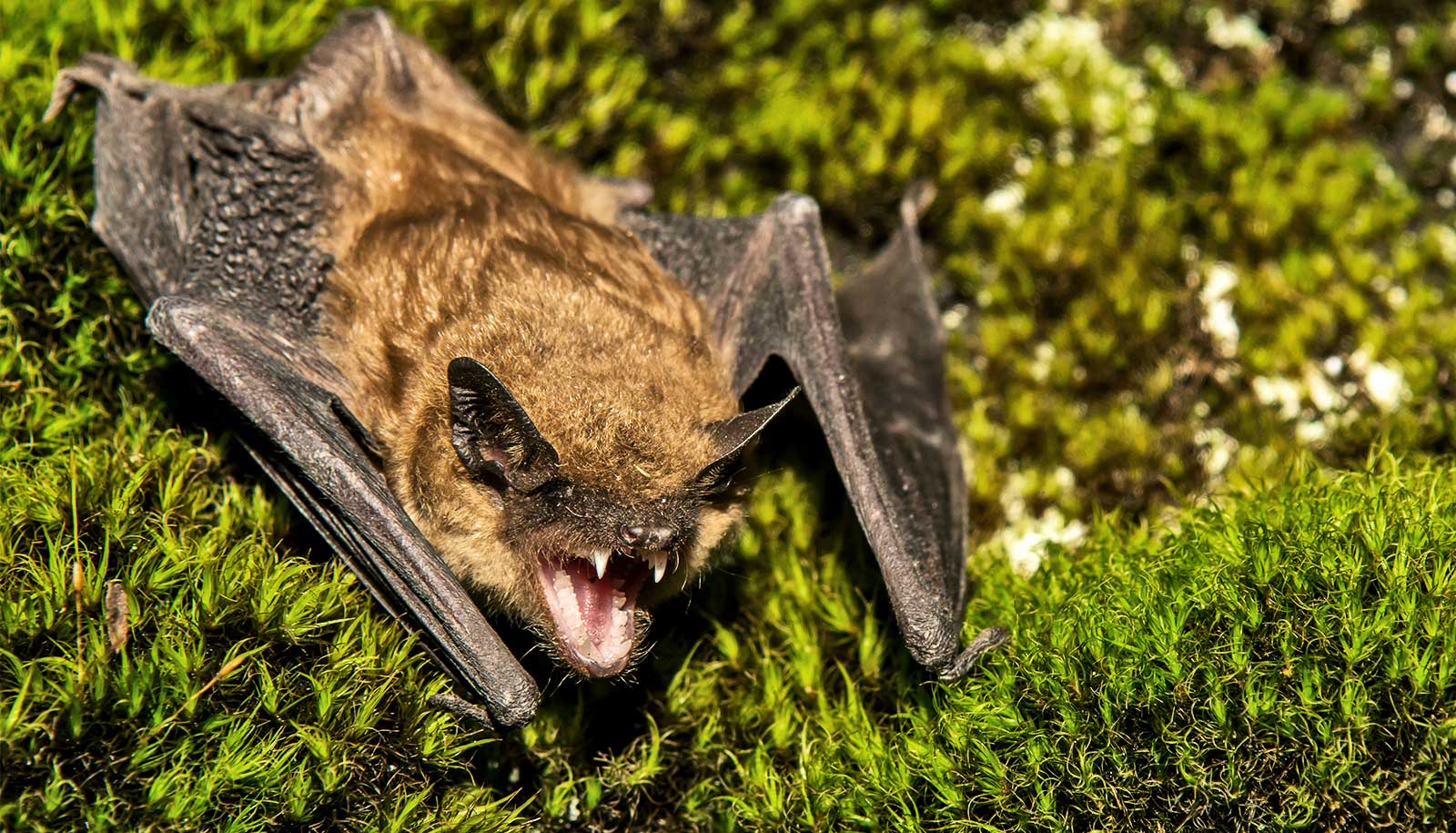Copyright scmp

Chinese scientists have created a ghostlike jellyfish robot that can carry out covert underwater missions. Described as an “underwater phantom”, the bionic jellyfish robot was developed by Tao Kai from Northwestern Polytechnical University’s school of mechanical and electrical engineering in Xian, Shaanxi province. According to the university, the robot is nearly indistinguishable from real jellyfish when submerged, enabling intelligent detection and real-time monitoring in aquatic environments. “Thanks to its low power consumption, near-silent operation and lifelike design, the robot is uniquely suited for deep-sea covert monitoring, observing fragile ecosystems and performing precise inspections of underwater structures,” Science and Technology Daily quoted Tao as saying on Monday. The robot’s transparent form, complete with an umbrella-like body and tentacles, closely mimics a jellyfish and is made from a hydrogel electrode material developed by the research team. The result is a compact device measuring 120mm (4.7 inches) in diameter and weighing just 56 grams (two ounces). The robot moves underwater using an electrostatic hydraulic actuator, which mimics the neural signals that control muscle contraction and relaxation in jellyfish. Operating at just 28.5 milliwatts, it produces almost no physical or acoustic disturbance, making long-term covert underwater missions possible. The robot is equipped with a miniature camera module and an embedded artificial intelligence processing chip, allowing it to accurately identify specific underwater targets through machine learning. In August, the bionic jellyfish was featured in a science programme on state broadcaster CCTV alongside other bioinspired robots, including a robotic bird, a mechanical locust, a gecko robot and a robotic fish. During the programme, Tao showed the robot’s intelligent abilities, demonstrating how it could maintain a stable hover in dynamic water conditions and accurately identify specific objects, including the school’s emblem and clownfish. The demonstration showed that a robot inspired by nature could independently perceive its environment and identify targets. A team member said the robotic jellyfish could be used to observe and track underwater fish populations without disturbing them. The programme praised the robot as an innovative solution to key challenges in deep-sea exploration, such as energy “endurance”, stealth and environmental compatibility. Northwestern Polytechnical University has a strong track record in the research of aircraft and robotics. Its developments in bird- and insect-inspired robots, as well as robots that can move through both water and air, are considered among the best in the world. Tao’s lab, the Ministry of Education’s Key Laboratory of Micro and Nano Systems for Aerospace, is one of China’s earliest research units dedicated to micro-electromechanical systems.



